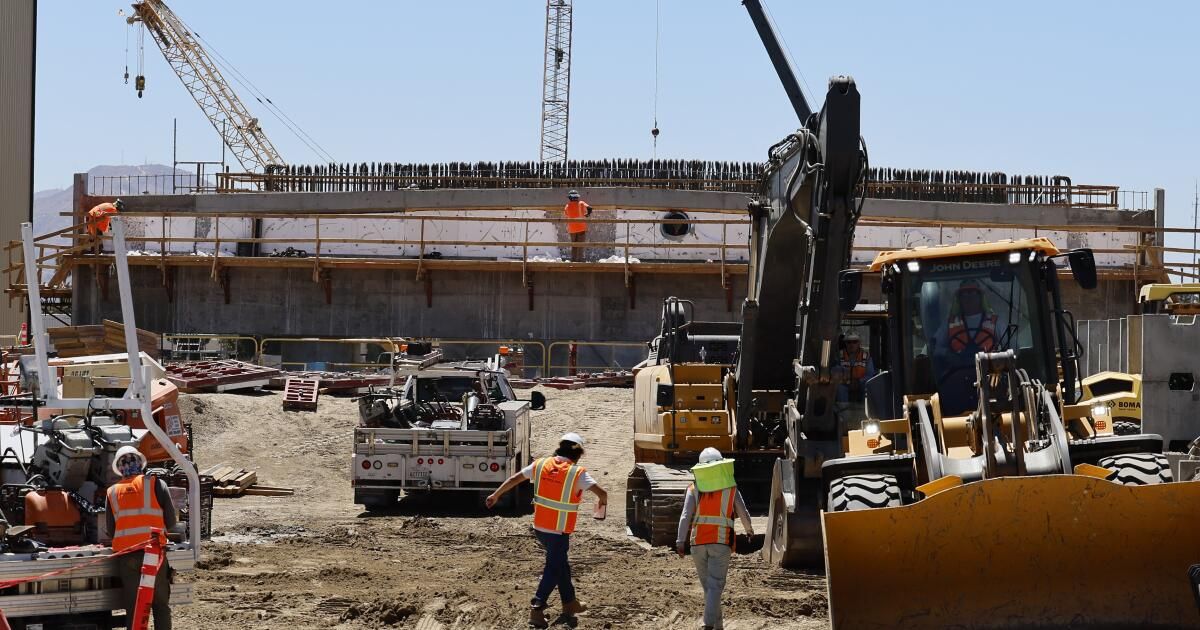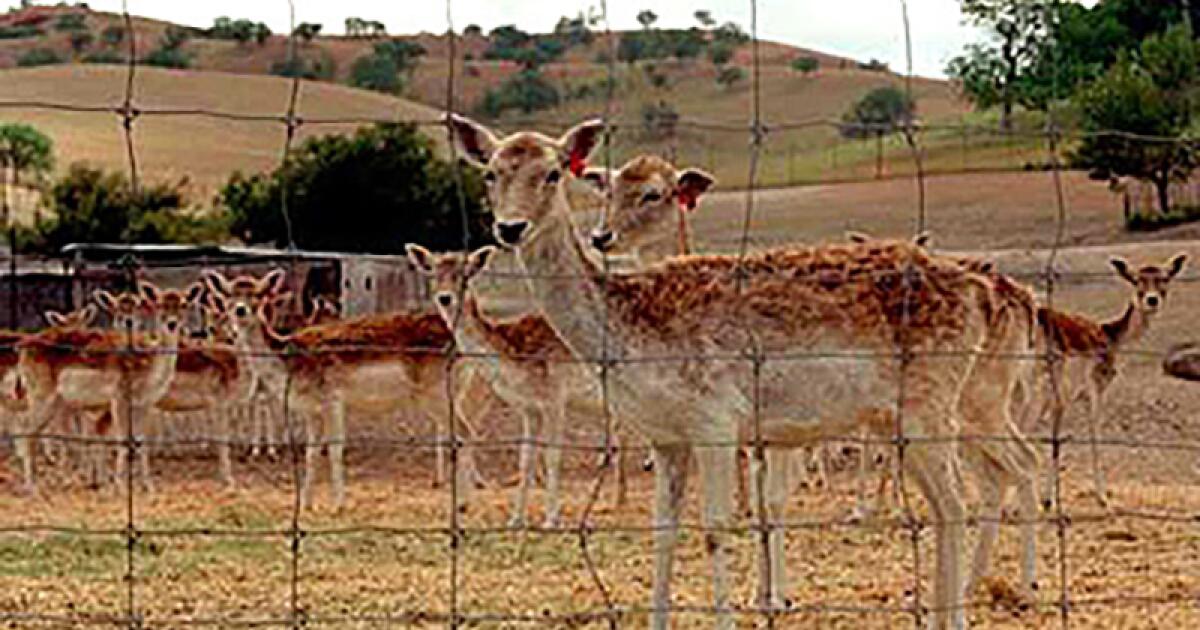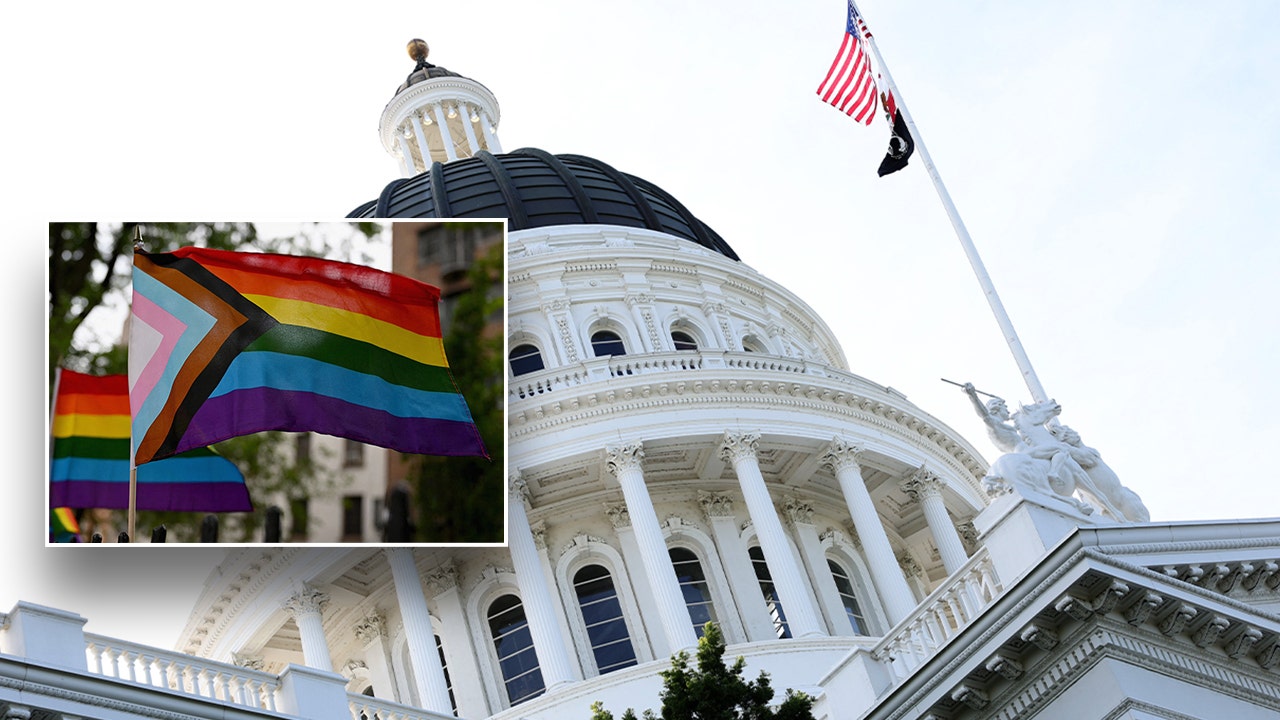California's labor market weakened in late summer, with the unemployment rate rising again and the state adding a small number of new jobs, according to new data released Friday.
The statewide unemployment rate rose one notch to 5.3% in August (up from 5.2% in July), tying Illinois for second-highest behind Nevada's 5.5%, the U.S. Bureau of Labor Statistics reported. The nation's jobless figure, as previously reported, dipped to 4.2% last month.
While California posted solid job gains last month in the health care and leisure and hospitality sectors, employment fell in other key parts of the state's economy, including the beleaguered film industry, technology and manufacturing.
And it is significant that California's public sector, which had been a reliable and solid source of job growth, lost jobs last month for the first time in more than a year. The drag was due to a surprisingly large loss in state government payrolls, which analysts attributed to Sacramento's budget problems.
“This month’s drop primarily reflects the hiring freeze first announced by the governor in the spring,” said Michael Bernick, a former director of the state Employment Development Department who has been tracking trends in California government since the late 1970s. “No layoffs have been imposed,” he said, “but vacant positions are generally not being filled as employees retire or leave state government.”
For most of the past three decades, Sacramento has been adding jobs like clockwork: Its payrolls grew from about 400,000 in 1995 to 580,000 in July, before declining by 17,100 last month.
“Whether this decline reflects any long-term change in the growth trajectory of state government will depend on the duration of the freeze, state budget policy and political decisions,” Bernick said.
Overall, California employers added 6,800 net new jobs in August, well below the state's monthly average of 17,750 this year and its share of the nationwide August gain of 142,000.
Nationally, hiring has slowed and job opportunities have shrunk. Those were major factors in the Federal Reserve’s decision Wednesday to cut interest rates for the first time since 2020 and the series of rate hikes imposed to reverse the post-COVID-19 inflation surge.
The unusually large half-point rate cut is expected to be the first in a series of cuts aimed at helping prevent the economy and job market from collapsing.
The number of unemployed in the United States has increased by 775,000 people in the past year, to more than 7.1 million. In California, there were more than a million unemployed workers in August. A disproportionately large number of them are young workers, according to the private consultancy Beacon Economics.
California's relatively high and rising unemployment rate may also reflect increased immigration that has added to the labor pool.
The Federal Reserve's interest rate changes may take months to filter through to consumers and the broader economy, but they could provide a more immediate boost to business confidence, which can help strengthen employment in the short term. Reflecting the increased optimism, investors have pushed up stock prices this week.
Lower interest rates should boost California’s housing market, which has been held back by relatively high mortgage rates and sharp increases in home prices. Construction employment was flat in August, as was employment in the real estate sector and financial services more broadly.
The state's film industry continued to lackluster. Employment in the Los Angeles County film sector fell below 100,000 in August.
Los Angeles County's overall unemployment rate rose to 5.6% in August from 5.5% the previous month and 5.1% a year earlier.
Regionally, job gains last month were led by the Central Valley, according to Beacon Economics. In Southern California, the Inland Empire and San Diego saw the biggest gains.












